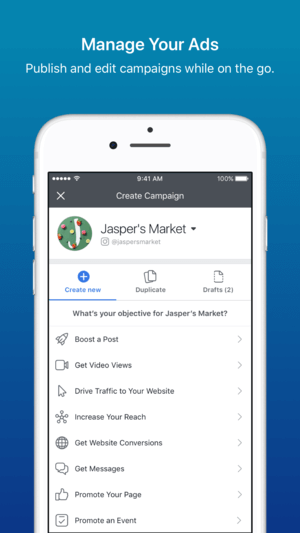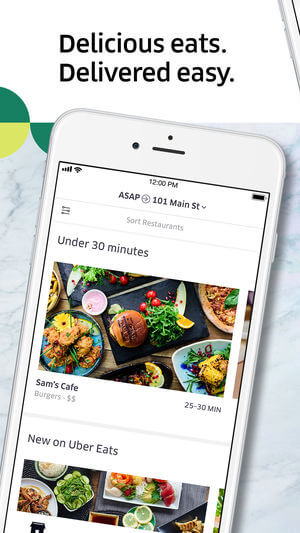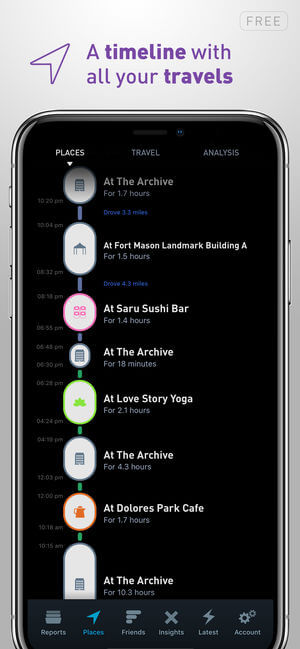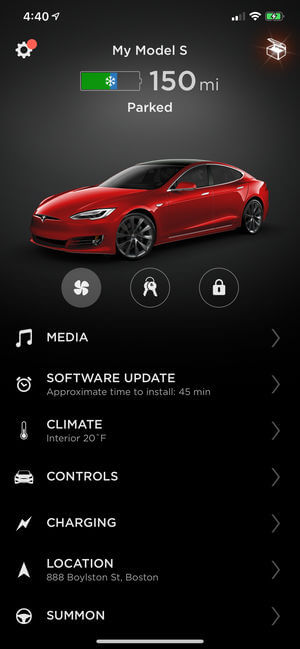“If your plans don’t include mobile, your plans are not finished.” - Thomas Husson, Vice president at Forrester
Every successful entrepreneur at some point decides on creating a mobile application. They are trending and it won’t be changed in the coming years. The first thing to consider here is on which platform the app will work. Essentially, there are two major platforms that take the lead on the market – iOS and Android. So most businesses decide on building the app for both.
But not everyone knows what comes further – which type of development to choose. The debates are going between native and cross-platform. There were times when native development took the significant lead while the business owner made the decision. Although now cross-platform becomes more and more popular. Why would that be?
Let’s consider the advantages of each one of these approaches and make the right choice!
Advantages of native app development
Native apps are built using programming languages that are native to a specific operating system. These are Kotlin and Java for Android and Swift along with Objective-C for iOS. Among such apps are mail client, calendar, alarm clock and other basic programs that go with each OS by default. Having the access to all device’s features and services they give users a smoother UX performance.
The key benefits of native apps are:
- Enhanced user interface
A simple and understandable interface of native apps attracts users due to being similar to the one OS has. The result is positive user experience and willingness to use it repeatedly.
- Offline mode
Being installed by default gives them full access to all necessary data when offline. That’s opposite to web apps that are dependant on the network connection and speed. If you need to develop a mobile game, native app development is the best fit.
- Higher ranking on stores
Excellent performance plus easy-to-use specifics make a great impact on the App Store and Google Play rankings. This leads to bigger visibility and greater revenue.
- Updates-friendly
The update process and new features integration go smoother and faster on native apps.
Although, native app development requires creating apps separately for each platform which leads to major extending the project’s time and cost estimation.
Advantages of cross-platform apps
Cross-platform development literally means building apps that easily run on multiple operating systems. Such apps are easier to be developed than native ones. There are several frameworks participate in their development process: React Native, Xamarin, etc.
Let’s see their key benefits:
- Cost-effective and time-efficient
There is a well-known slogan that characterizes probably the most important approach developers use: “write once, run anywhere”. Which means that a single code can be applied to multiple platforms. Besides that only one team develops the apps for all major platforms. This is how the development cost and time are less compared to the one native apps require.
- Easy and fast deployment
There is no need for developers to learn a large scope of different programming languages or technologies. Just a few is enough. The initial deployment on most platforms goes faster. As well as future changes are mostly provided simultaneously without the need to make them on each platform separately.
- Wider audience reach
When native apps target only one platform, cross-platform apps aim at multiple ones. Thus the userbase gets bigger within a shorter period of time. Which is an obvious advantage for small businesses and leads to increased revenues.
- High-performing UI/UX
The specifics of UI and UX in cross-platform development is that they are rendered with native controls. So design performance is pretty close to native.
Taking into account all the above and even more, cross-platform apps are a great choice when you need:
- to release an MVP for faster start aiming at engaging the potential users and outrun the competitors;
- a cost-efficient solution for starters;
- prototype development;
- a solution for both iOS and Android at the same time;
- just simple interactions with the backend;
- platforms connecting people - social networks, most e-commerce apps, booking aggregators, etc.
The most popular and highly-performing framework that solves the most complex tasks while developing cross-platform apps is React Native. The number of the already existing apps created with it grows hugely. They cover different industries: food delivery, chatting, e-commerce, audio processing, etc. Lots of them have already received great feedbacks due to high-performance feature.
What popular apps are made with React Native and how do they perform?
Let’s get to know some of the most popular apps that turned out to be created with React Native from the very beginning or at some part.
- Facebook Ads Manager

This is the first full cross-platform app created with React Native by Facebook. It has a clear interface, intuitive UX, user-friendly navigation, flawless transitions while perfectly handling different ads formats, currencies, time zones, etc.
- Bloomberg

It shows global business and finance news to users. Interesting fact: Bloomberg development team before adopting React Native created apps for iOS and Android separately. That took significant amounts of time. Simultaneous update for both platforms turned out to be a serious argument.
- UberEats

It serves as a dashboard for restaurants with features including sound and push notifications. Covering a small part of the app React Native adds great UI/UX experience. More to that, the team had experience with React so transitioning to React Native was fast and easy.
- Gyroscope

This app is integrated with the HealthKit, thus it tracks the steps, distance, heart rate and shows the data about user’s activities including weight loss, meditation, running, productivity, etc. A user can choose the most convenient way that the data can be displayed. A user can also see own progress with reports and plan future healthcare development.
- Tesla

Another well-trusted company has made its choice on React Native technology while developing its mobile applications both for Android and iOS. Taking into account that Tesla always chooses the best solutions for any sphere, this app is built specifically for users of Tesla vehicles and Powerwall. And it doesn’t matter whether you’re using the Android or iOS versions, both of them have all the same functions to control and monitor your vehicle, such as the charger, lights, horn, locks, or the panoramic roof, etc.
Conclusion
Сross-platform apps continue evolving into a much better solution in many ways, therefore, taking the winning positions compared to native development. Now they are more like native apps in UI/UX performance and continue widening their horizons.
Although the competition is still there and so far many challenges ahead. Nowadays more and more respective companies choose React Native for a less cost and time-consuming mobile apps development with similar quality.
If you’re guessing how the development process with React Native goes, check our comprehensive approach and make the first step! We have been recognized as one of the Top iOS/iPhone App Development Companies and would be happy to apply our expertise to bring value to your business.



